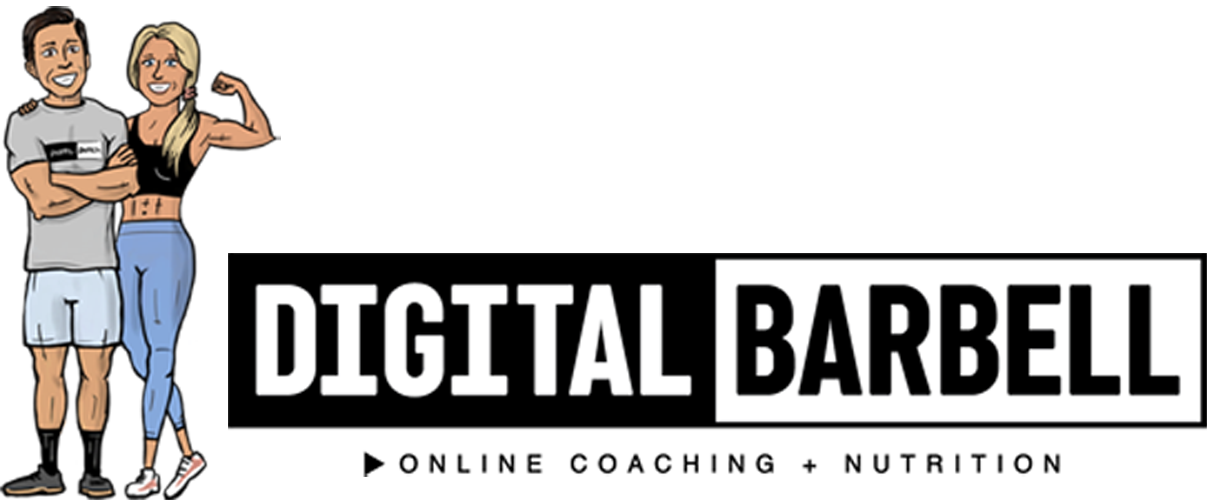THE THREE MACRONUTRIENTS | Fat
EATING FAT WILL MAKE YOU FAT
But not why you think it will.
So far in this 3 part series on macro nutrients we've discussed the muscle building properties of protein, the need for carbohydrates for energy demands and now we move on to dietary fat.
With the explosion of the ketogenic diet, fat is the headlines all the time now. In the interest of keeping this post brief, lets define dietary fat as lipid molecules made up of glycerol and fatty acids. Over 90% of dietary fats are in the form of triglycerides. We can get dietary fat from plants (seeds, nuts and fruit) and from animals (meat, fish, eggs, milk).
The roles of fat in our body include:
1. Brain development/neural function
2. Facilitates delivery and absorption of vitamins into cells
3. Necessary for the production of vital hormones
4. Supports healthy skin and hair.
So why do we usually recommend that people eat less fat? Simply put, fat is abused in our western diet. It's added to everything to give it better texture, more satiety and to make you want to keep eating. A gram of fat contains 9 calories. That's over double the number of calories as protein and carbohydrates per gram.
Unfortunately many of the foods we like that are high in fat are easy to overeat. I don't know about you but when I start eating guacamole I'll probably eat at least 10 tablespoons. That's about 250 calories, not including the chips that it was on. How about peanut butter? Ever measured what a serving really is? If you're like me, you're likely eating 1.5-2 servings. There's another 350 calories.
The main reason eating fat makes us fat is just because it's easy to eat too much of it. Remember, at the end of the day, if we are eating more calories than we are burning, we are going to gain weight (fat). It's all about that energy balance.
If fat loss is your goal, we recommend eating .25 - .35 grams of fat per day per lb that you weight. Skew toward the higher side for females.
We'll get into more detail in future posts about the different kinds of fats.

